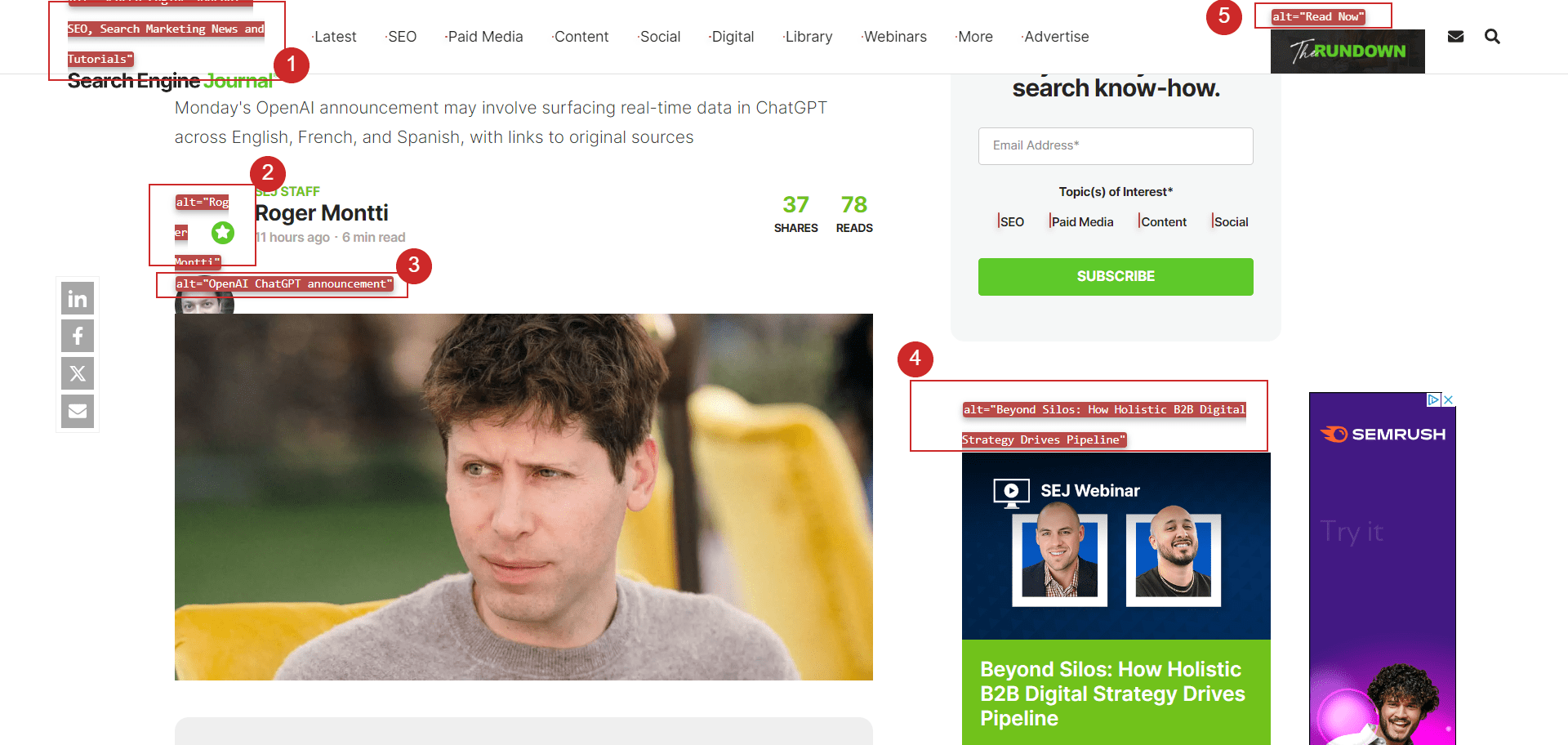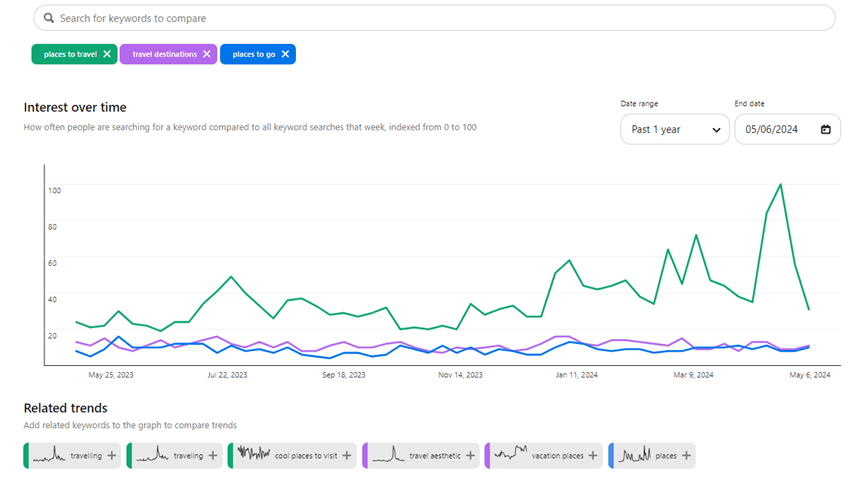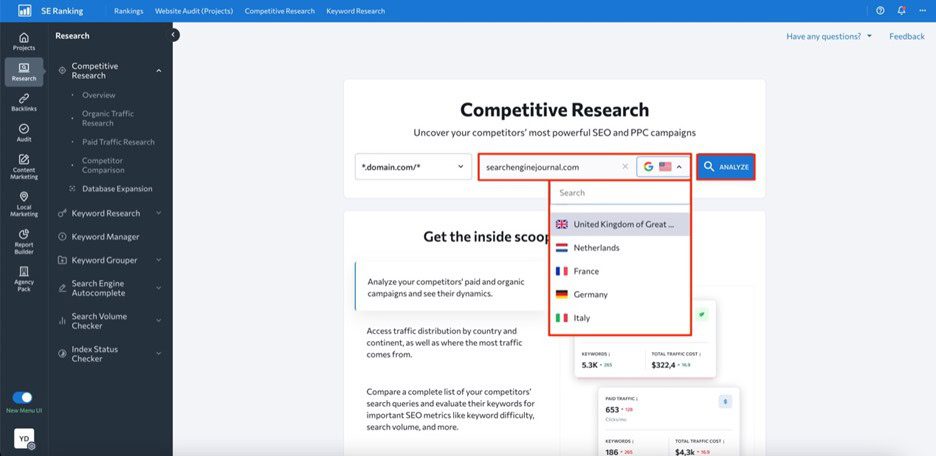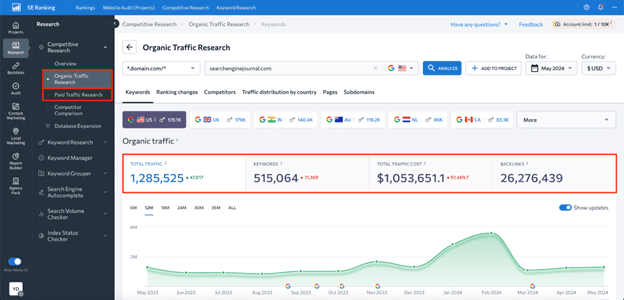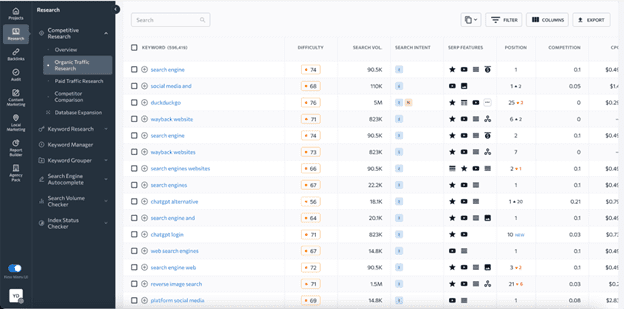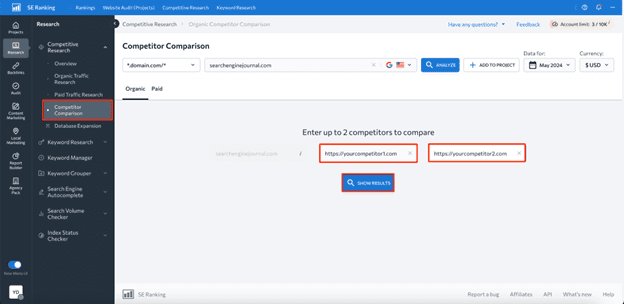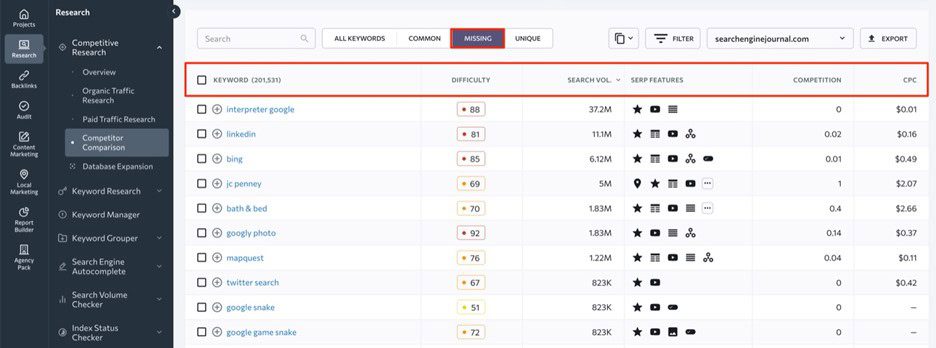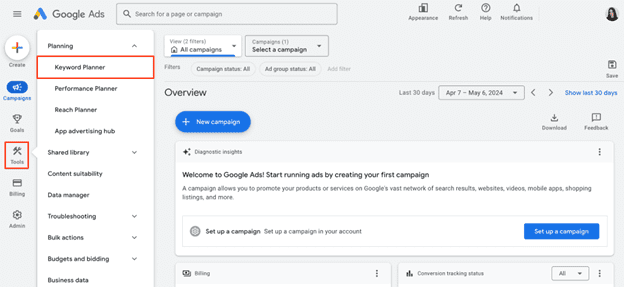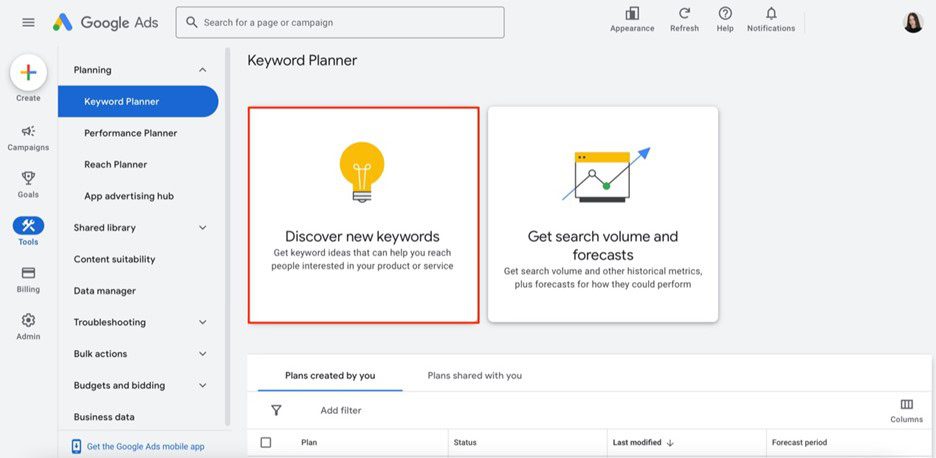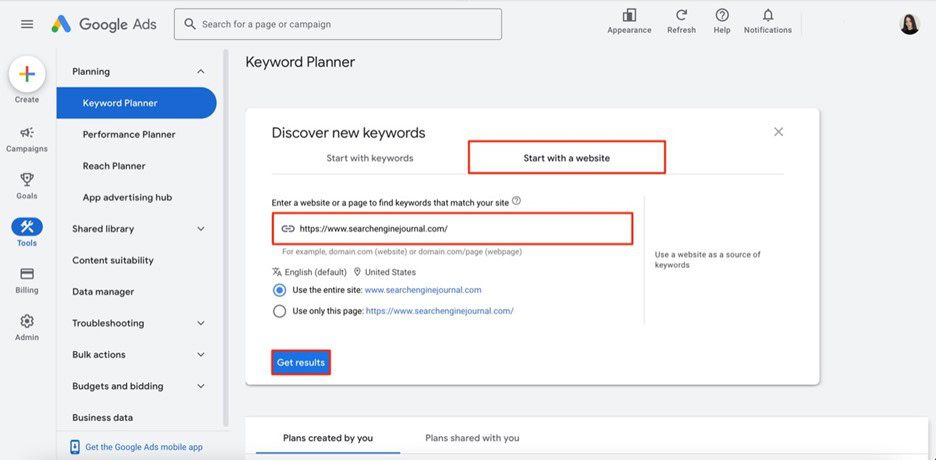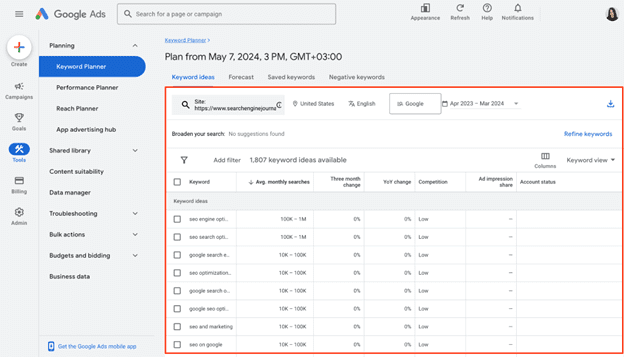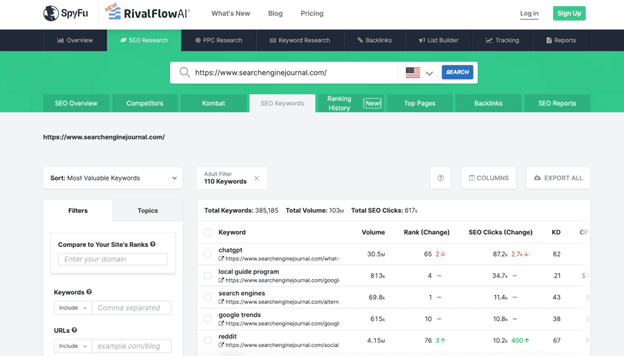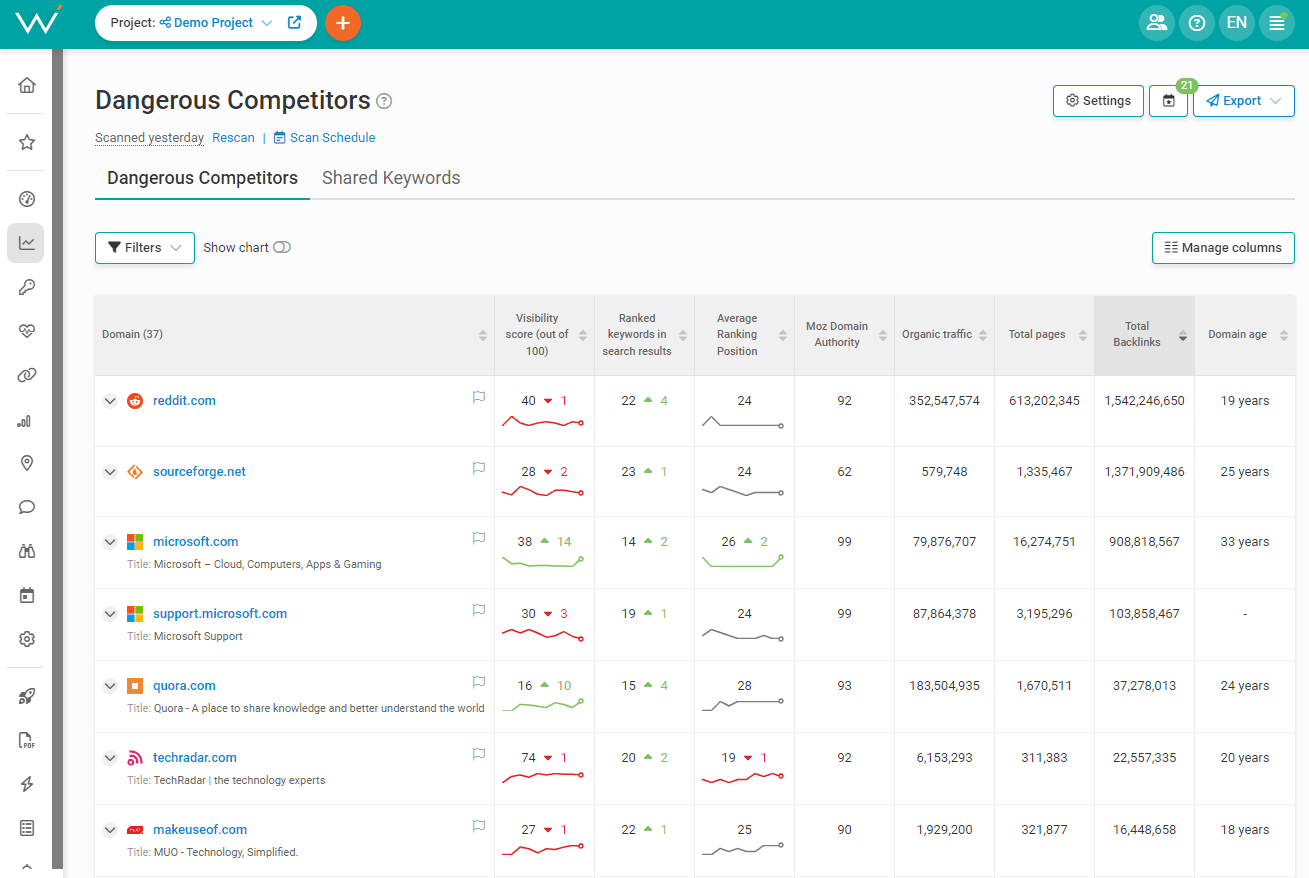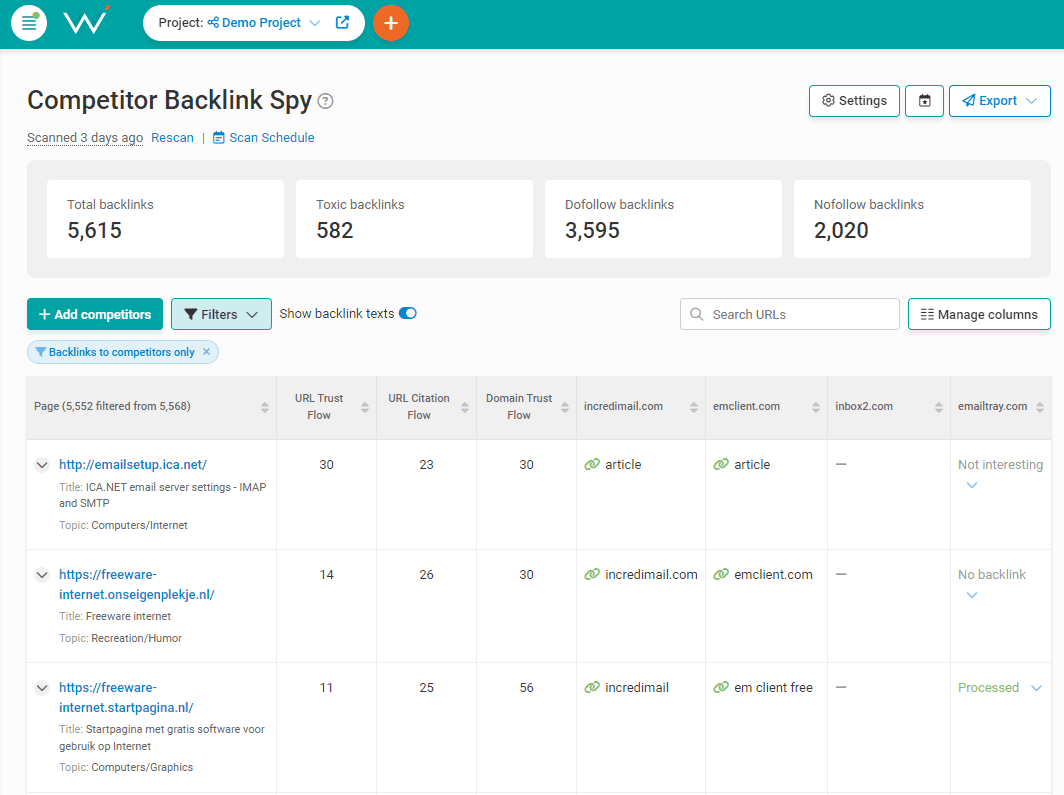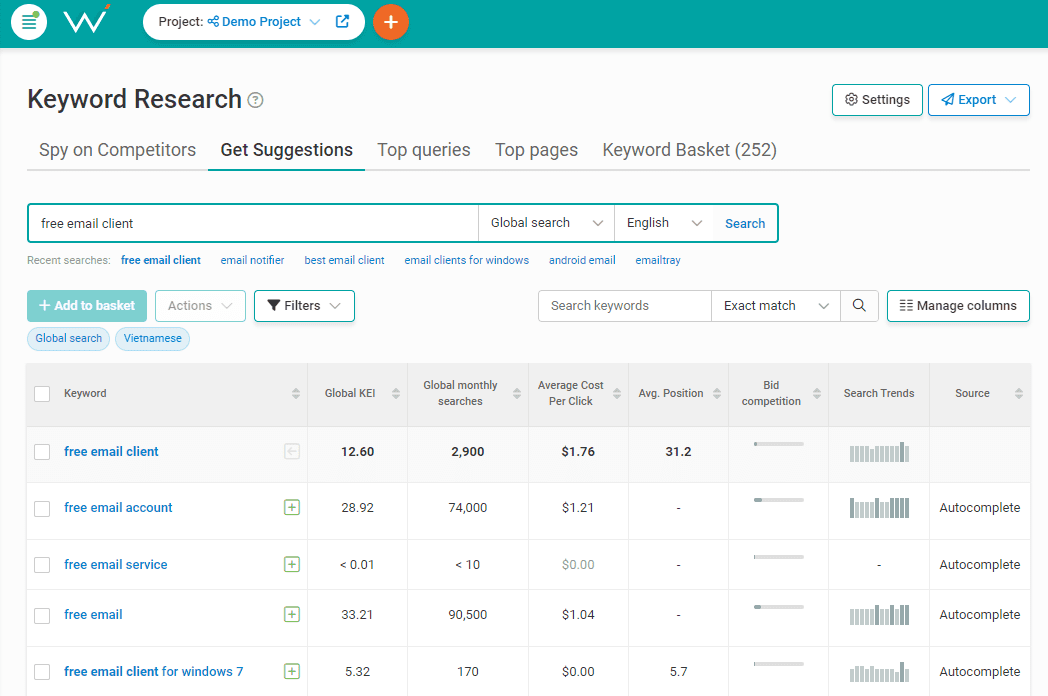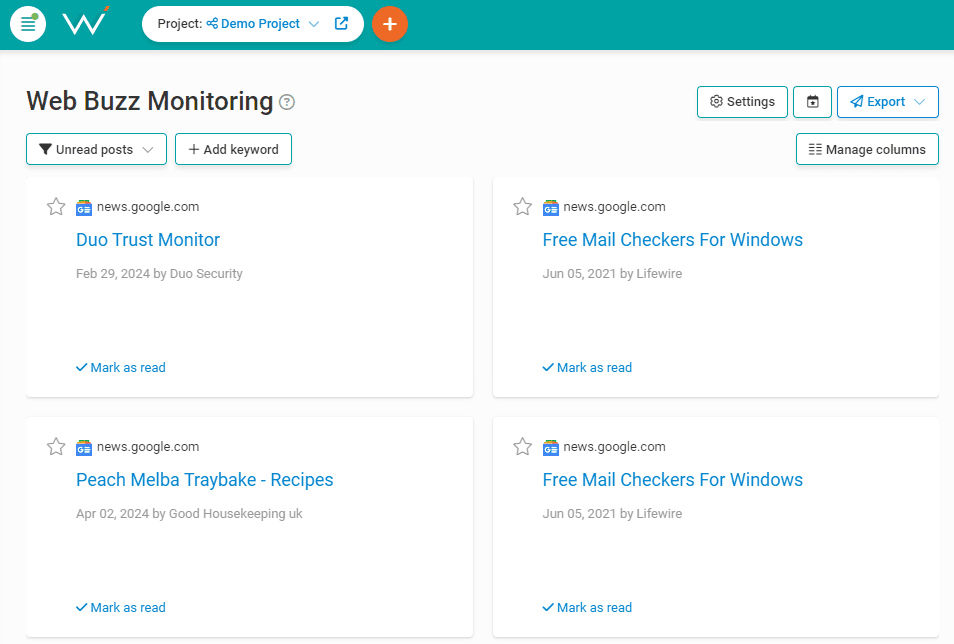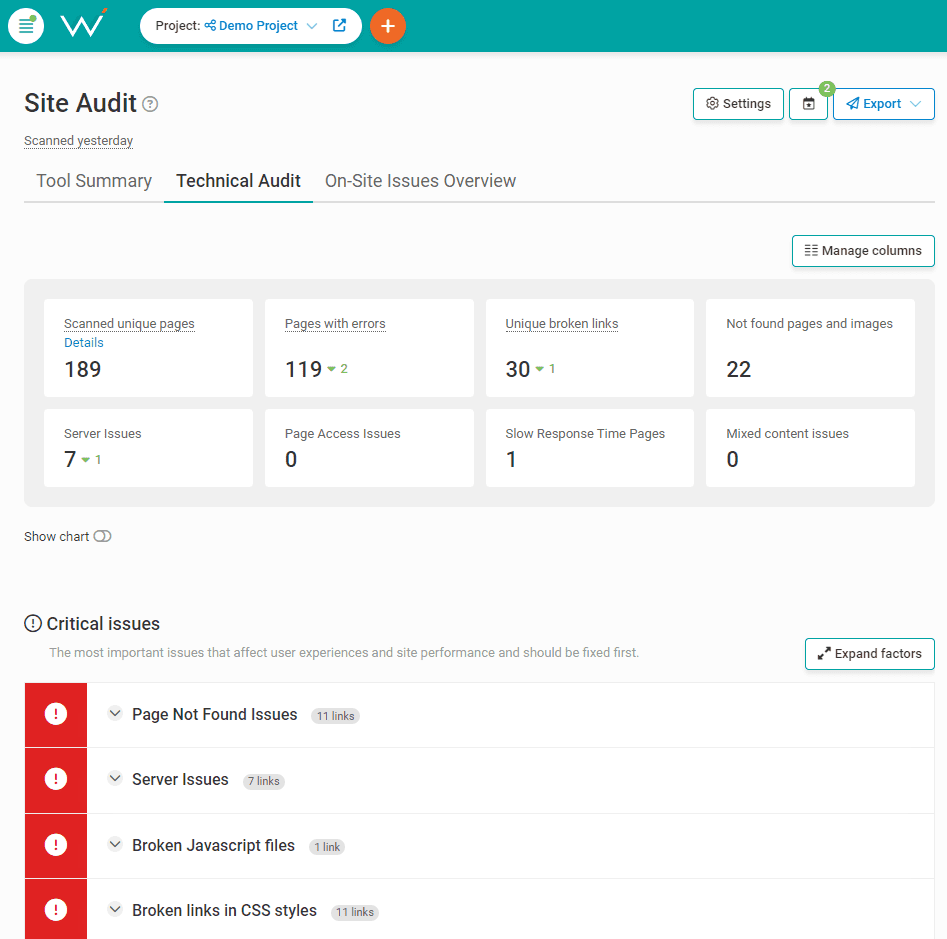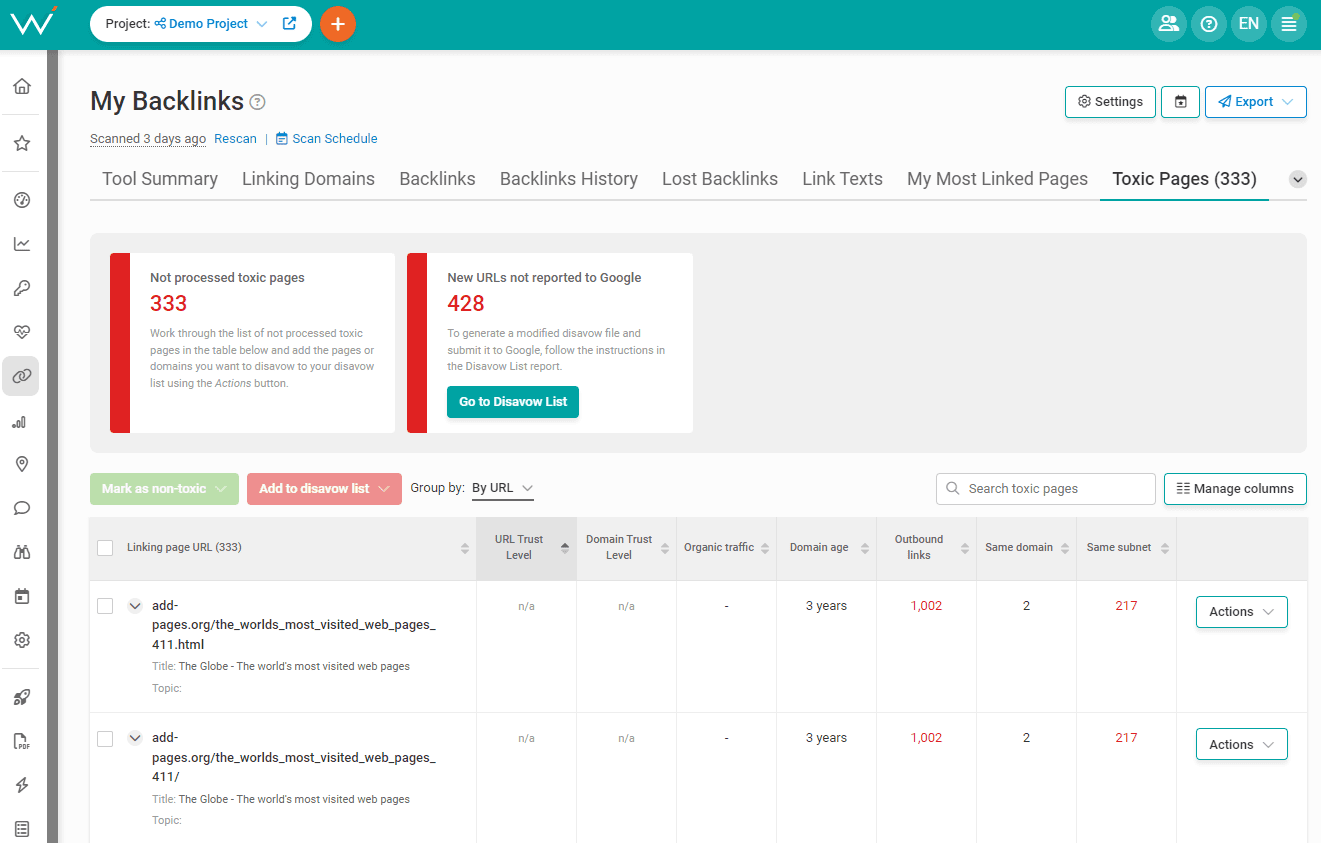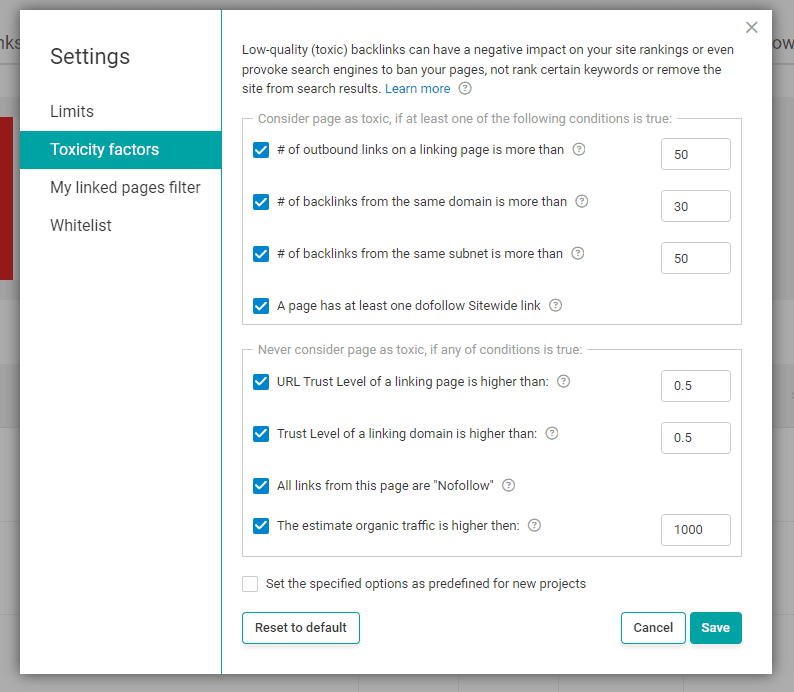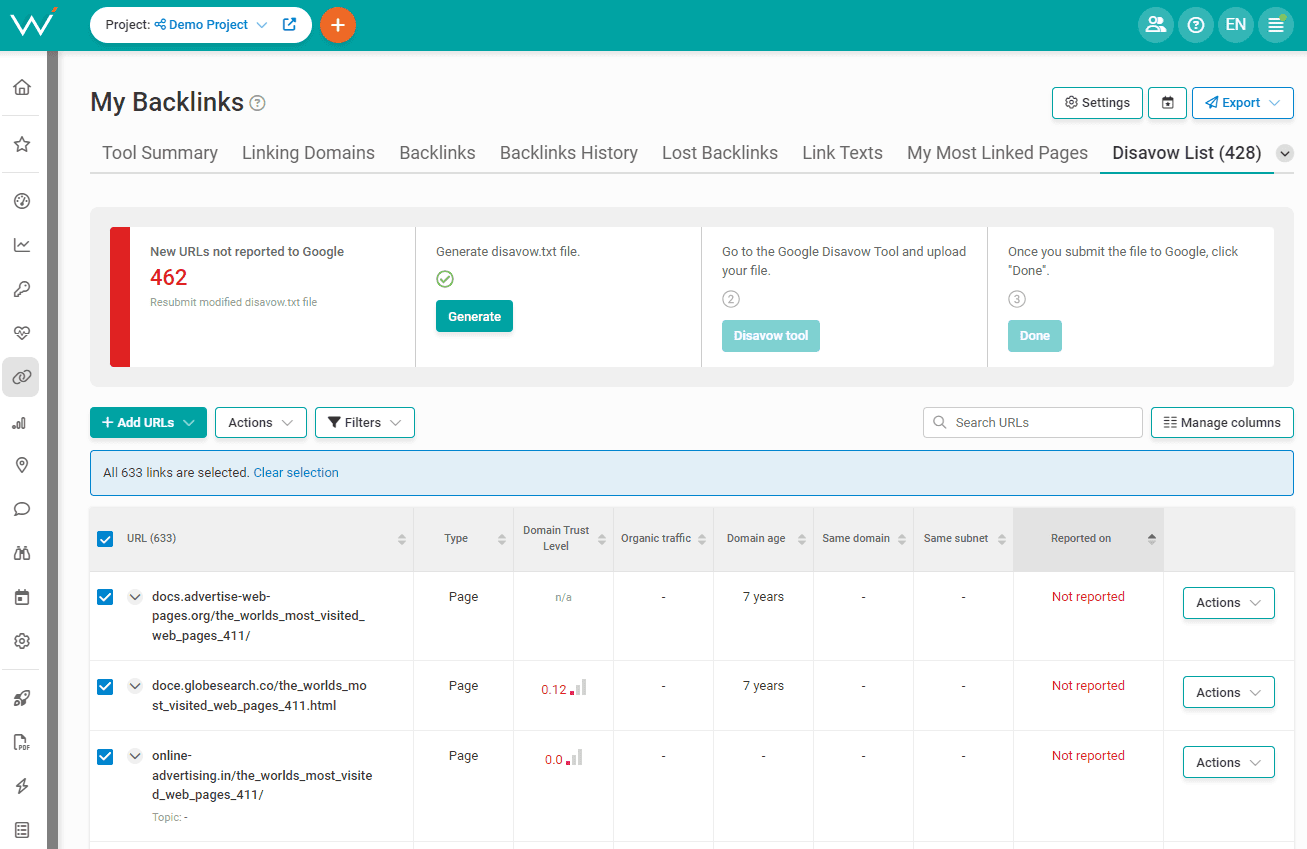Data-Driven Content Strategy: Boost Google Rankings With Real Audience Insights via @sejournal, @CallRail

Now, what about the content of the actual calls? Well, you can use that, too.
Let dive into how you can use call analysis to further inform your strategy.
How To Analyze Your Call Data
The insights you collect from customer phone interactions can have a game-changing impact on your business.
But you want to make sure the effort required to dig into those calls is worth it for your team.
This is where AI and machine learning technology can be utilized effectively to streamline your process and save time.
For example, Conversation Intelligence is an AI-powered tool by CallRail that constantly records, transcribes, and analyzes each inbound and outbound call.
With transcriptions that have near-human level accuracy, Conversation Intelligence goes a step further by spotting keywords, tagging calls automatically, and qualifying leads with powerful automation rules.
Plus, with multi-conversation insights, you can easily transform countless conversations into actionable insights at scale.
Not only does this analysis unlock deeper insights to help you catch customer trends and spot long-term shifts, but it also tells you what you should focus on in your content.
2. Website Form Submissions
Another effective way to gather essential audience insights is through website form tracking.
Online forms allow you to collect valuable data directly from users, such as their contact information, preferences, and interests.
When this data is paired with deeper analytics, you can gain a clear understanding of what drives the most qualified leads for your business.
With Form Tracking, you can find out exactly which ad or keyword made someone click “submit” on your form.
Launched last year by CallRail, this tool allows you to build custom forms or integrate existing ones, pairing the data with inbound call conversions for a holistic view of your marketing efforts.
Combining Call Tracking And Form Tracking
Leads often connect with businesses through multiple channels, so focusing on just one source isn’t really enough.
By using Call Tracking and Form Tracking together, you get a comprehensive overview of your leads’ entire customer journey.
Both of these tools essentially work by installing a single line of JavaScript code on your site, which captures and relays information about each of your leads back to CallRail.
You can easily evaluate the various campaigns that you’re running, like paid ads, social media posts, email nurture campaigns, etc. – all of which could be opportunities to incorporate tracking numbers and links to your forms.
Using both a tracking number and a form tracking link gives your leads the option to choose how they prefer to contact your business.
And as they reach out, you’ll be able to measure which campaigns and which conversion type – calls or forms – is getting the best results.
3. Customer Feedback & Surveys
If you really want a deep dive into the minds of your customers, surveys are an incredibly effective way to get feedback directly from the source.
Surveys allow you to ask your users targeted questions and receive precise answers about their preferences, pain points, and expectations.
You can then leverage this comprehensive data to guide your marketing strategy and fill any content gaps you may have.
Discover the type of content your customers prefer, the topics they are most interested in, and how they like to consume information.
Once they point out areas where they feel your content is lacking or what they would like to see more of, you can then fill the gaps in your strategy to give them what they want.
Integrating Customer Feedback Into Your Content
Understanding your audience can help you tailor your content to better meet their needs and preferences.
Here are some tips for how you can effectively integrate customer feedback into your content creation process:
- Create a Feedback Loop: Ask your audience to rate the usefulness, quality, and relevance of your content to gain a clear picture of where you can improve. Then establish a system where their feedback continuously informs your content. Regularly conduct surveys and update your strategy based on the latest insights.
- Prioritize High-Impact Content: Identify the topics and formats that resonate most with your audience and prioritize them in your content calendar. For example, if customers indicate a preference for video tutorials over written guides, focus more on creating video content. This ensures that you’re always aligned with what your audience finds most valuable.
- Test and Iterate: After publishing content based on customer feedback, monitor its performance to see if it meets the intended goals. Use analytics to track engagement, shares, and other metrics. Be prepared to refine your content based on ongoing feedback and performance data.
- Communicate Changes: Let your audience know that their feedback has been heard and implemented. This not only builds trust but also encourages more customers to participate in future surveys.
Unlock Higher Search Rankings With CallRail’s Data Solutions
Google is constantly changing its algorithms to produce higher quality search results for users, which presents numerous challenges for marketers and website owners.
Between the upcoming phase-out of third-party cookies and the recent core update, the search engine is cracking down heavily on content it deems as unhelpful.
That’s why it’s time to take a user-first approach to your content strategy.
By leveraging first- and zero-party data through methods like call tracking, form submissions, and customer surveys, you can create high-quality, relevant content that meets your audience’s needs and boosts your Google rankings.
CallRail’s suite of tools makes it easier to gather and analyze this data, helping you refine your marketing strategy and drive sustainable growth.
Ready to see the impact for yourself?
Try CallRail free for 14 days and start transforming your data into actionable strategies for higher ranking content.

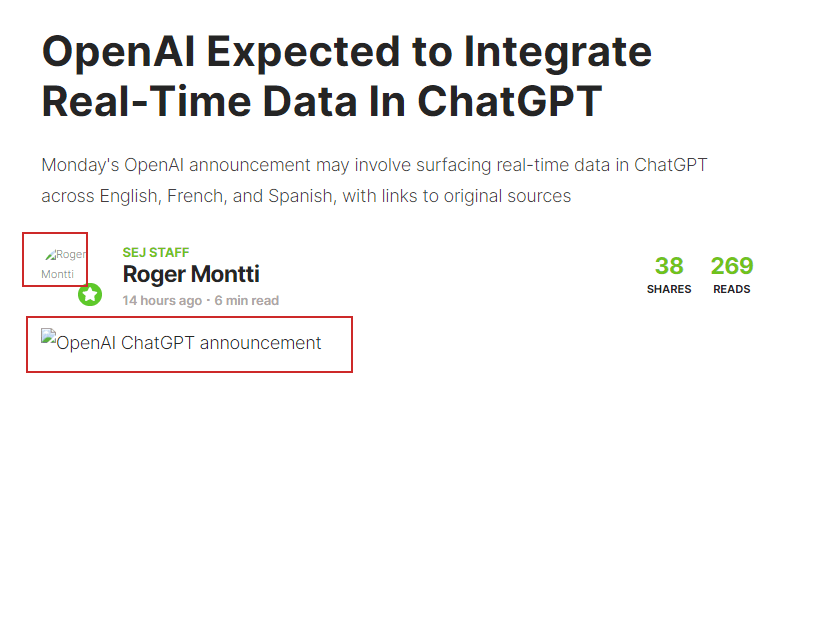
![Screenshot from search for [Garmin forerunner]](https://ecommerceedu.com/wp-content/uploads/2024/06/alt-text-serp-790.png)

